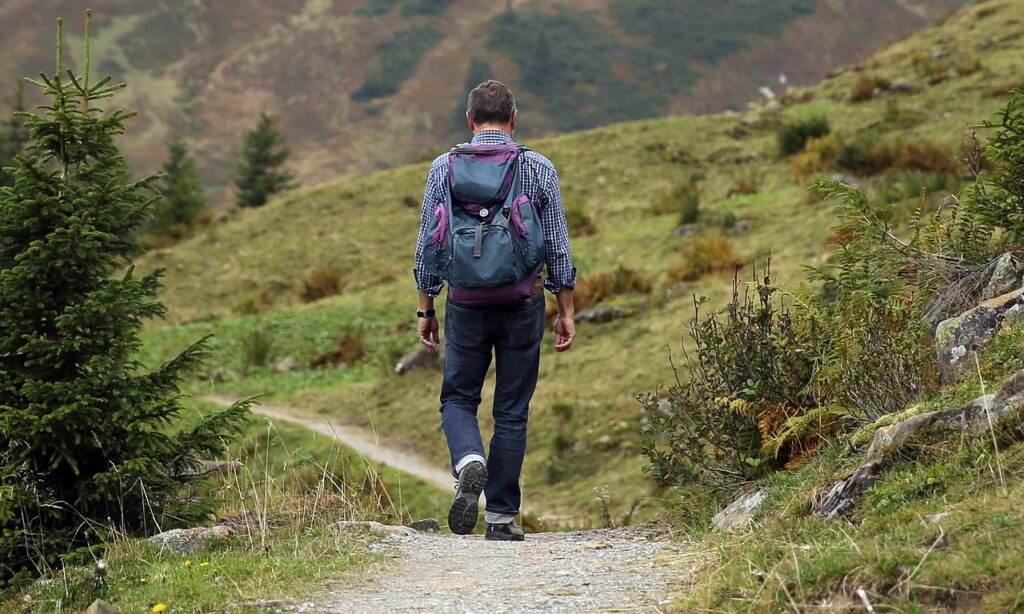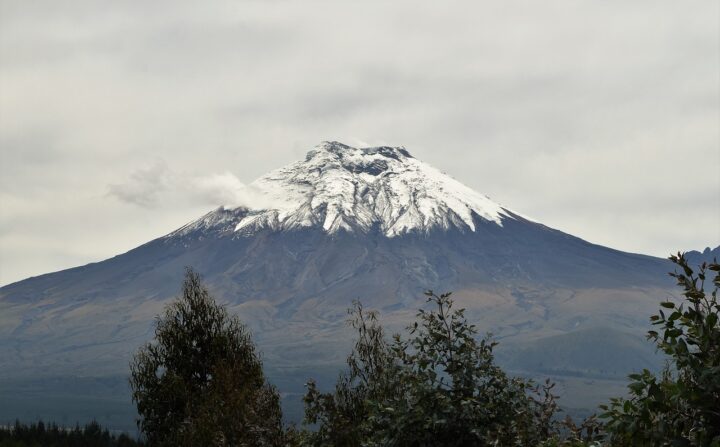Visiting Cotopaxi Volcano In Ecuador
Ecuador’s Cotopaxi Volcano has a rich history, some of which has had a major impact on Ecuador. In 1877 the volcano errupted causing widespread destruction to infrastructure, agriculture, and local communities. This included, Ashfall, Pyroclastic Flows, Glacial Melting and Volcanic Tremors. Although in 2015 there was a time of “concerning activity” coming from the volcano.
In August 2015, Cotopaxi showed signs of increased activity, leading to concerns and preventive measures, including evacuations of nearby communities. Luckily this did not turn out to be a major incident.
The Cotopaxi Volcano At A Glance
Elevation: Cotopaxi is an astonishing 5,897 meters (19,347 feet) above sea level, Cotopaxi proudly holds the title of one of the world’s highest active volcanoes, attracting the admiration of nature enthusiasts and seasoned mountaineers.
The elevation is not just a number; it carries with it a natural beauty and geological importance. Nestled within the Ecuadorian Andes, this stratovolcano graces the skyline with its majestic presence. The towering summit, often cloaked in a pristine coat of snow and ice, calls out to adventure seekers and explorers to conquer its slopes and witness the world from one of the worlds most extraordinary vantage points and spot some of the Ecuadorian Wildlife available only at such extreme altitudes.
Scaling Cotopaxi Is Challenging

High-altitude: Cotopaxi’s elevation isn’t without its challenges. The high-altitude brings inherent difficulties, such as decreased oxygen levels and potential altitude-related health issues. Yet, Cotopaxi’s peak, with its sweeping vistas and the profound sense of achievement it bestows, is alluring and beckons individuals from around the globe to battle the thin air and icy bone chilling winds.
Scaling Cotopaxi is beyond just a physical feat; it’s an chance to dive into the heart of the Majestic Andean landscapes, where rugged beauty and unspoiled wilderness will capture your senses. This lofty elevation serves as a reminder how nature’s grandeur knows no bounds and just how small we are.
Standing atop Cotopaxi, adventurers find themselves not just at the top of Ecuador but also at the threshold of the heavens. This is truly the place where the heavens and Earth unite, and where the human spirit discovers true inspiration.
Cotopaxi's Landscapes
Cotopaxi’s stunning landscapes elevate the Ecuadorian Andes to global acclaim and is a testament to the Earth’s geological prowess as well as to nature’s artistic craftsmanship. From the volcanic cone’s rocky terrain softened by the icy embrace of its glaciers to the untouched wilderness and unspoiled beauty surrounding Cotopaxi provides a haven for nature enthusiasts.
This is a place where snow and stone meet in an eternal battle, inviting visitors to see firsthand Earth’s geological history written in ice and rock.
What Else Is There To Do At Cotopaxi Volcano?

Here is a list of 4 other things you can do if scalling the massive mountain isn’t for you.
1: Cotopaxi is a National Park offering a variety of hiking and trekking trails suitable for various skill levels.
2: Cotopaxi Museu, found at the Limpiopungo Lake Visitor Center, the museum offers insights into the region’s natural history and volcanic activity.
3: Mountain Biking, designed for adventure enthusiasts and is an adrenaline-pumping experience.
4: Wildlife Watching, Cotopaxi National Park is home to a wide variety of wildlife, including Andean condors, wild horses, and deer. Birdwatchers, in particular, will find the park’s diverse avian population fascinating.
Acclimatization
Cotopaxi really requires acclimatization. We recommend the following places to get used to the thinner air.
- Quito: The capital of Ecuador, located at a high altitude, serves as an excellent starting point for acclimatization.
- Cotopaxi National Park: The park itself, especially at lower altitudes, offers a chance for acclimatization.
- Mindo: This cloud forest town at a lower elevation can be an ideal acclimatization stop.
- Cayambe: A picturesque town known for its high elevation, which is beneficial for acclimatizing.
- El Chaupi: A small village near Cotopaxi that provides a closer base for acclimatization.


